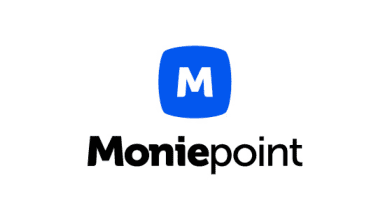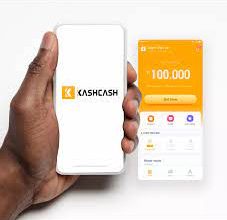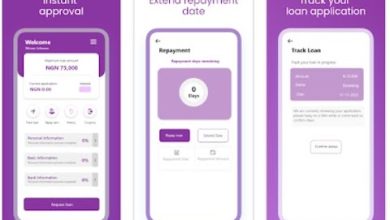Is Mobile Banking the Future of Banking?
Mobile banking has become quite popular in recent years. According to a survey earlier this year, 85% of retail banks offer these services to their customers. This will certainly increase over time as more people adopt smartphones and tablets. Consumers are increasingly comfortable accessing financial information on a small screen and even for good reason.
Mobile apps are convenient, intuitive, and provide the same experience as a full website or desktop application. Furthermore, the security of mobile banking is much higher than other methods of accessing personal accounts.
This article discusses the way forward for mobile/online banking and its role in the digital economy. In particular, we will explore how it can reduce costs for companies that would not have branches or ATMs on every street corner.
What is the Future of Mobile Banking?
The way forward for mobile banking is one where people only have to have a phone and Internet connection to monitor their finances and make payments. In this scenario, financial institutions could allow people to manage their entire financial life, from checking to credit, on a phone.
At the same end of the spectrum, we would also see the way forward for mobile banking in order for companies to open up physical branch-less banking to their customers. This would allow people to access their money remotely through many different channels without getting into a car or walking into a branch.
The Benefits of Mobile Banking
Convenience
If a company doesn’t have branches on every street corner, it can provide customers with one-stop-shop services. With mobile banking, financial institutions can provide customers with many different services, all from one location.
This includes bill payments, borrowing money, paying taxes, and checking balances on many different financial accounts. This comes with many benefits, including lower costs, convenience, and being able to access information from anywhere.
Security
This platform can be more secure than other methods of accessing financial information. With smartphones and tablets, consumers are mostly using a closed system, where only the user and service provider can see what is going on. This could provide relief for many who want to access their money, but also be cautious about who they give access.
Reduced costs
Because customers only have to visit a single location to access many different services, they can reduce costs. This is also true for companies that would not have branches, which can mean many more employees.
In this scenario, maybe it’s a fantastic way to bring customers together and coordinate activities, including bill payments and borrowing money.
Limitations of Mobile Banking
Limited reach
With the right setup, people can access the Internet virtually anywhere. However, this requires a reliable Internet connection and a smartphone. If someone else does not own either of these, they can’t access or use this platform.
This poses a significant challenge for people living in remote parts of the world.
Lack of security
As pointed out above, mobile banking is more secure than traditional methods. However, smartphones and tablets are notorious for being hacked. It is critical to keep these security threats in mind when using this platform.
How to do Mobile Banking right?
The advantages of mobile banking are great, in addition, they come with significant challenges and limitations. So that you can maximize the possibility of this digital channel, it is critical to understand the limitations and challenges and then find ways around them.
Limited reach
A key limitation of mobile/online banking is it only works when people have a smartphone and a nearby Internet connection. This poses a significant challenge for people living in remote parts worldwide, where many would not have reliable Internet access.
Lack of security
Another key challenge is that it’s less secure than traditional methods. This poses a challenge when trying to accept payments, and make payments. Consumers should be careful to who they give access, and what they’re doing with that access.
Conclusion
The way forward for mobile banking is one where people only have to have a phone and Internet connection to monitor their finances and make payments. In this scenario, financial institutions could allow people to manage their entire financial life, from checking to credit, on a phone.
At the same end of the spectrum, we would also see the way forward for mobile/digital banking in order for companies to open up physical branch-less banking to their customers. This would allow people to access their money remotely through many different channels without getting into a car or walking into a branch.
With changes like these coming, you should understand the way forward for mobile banking. From cost savings to straightforwardness of access, mobile banking has much to offer.









